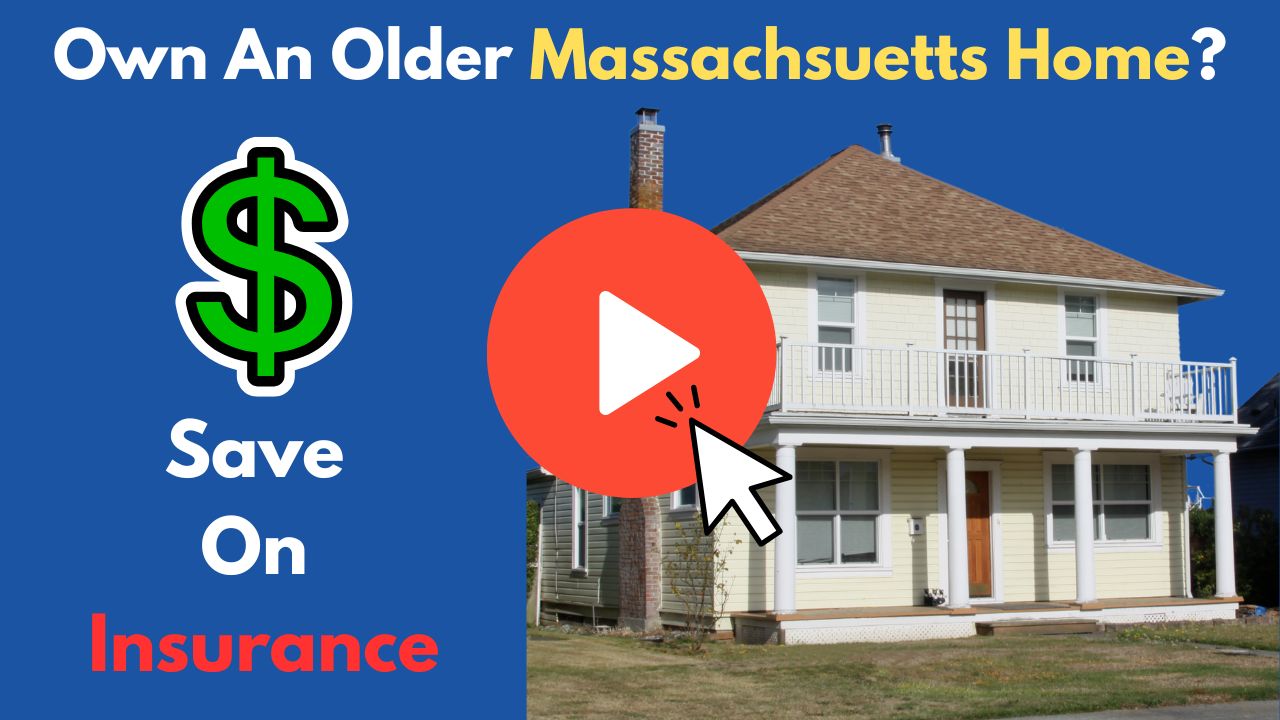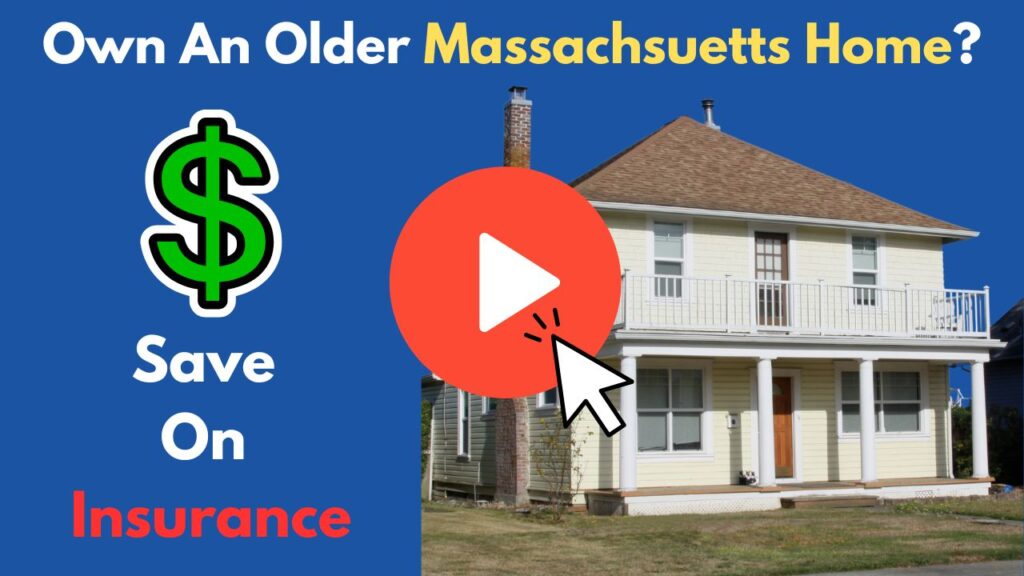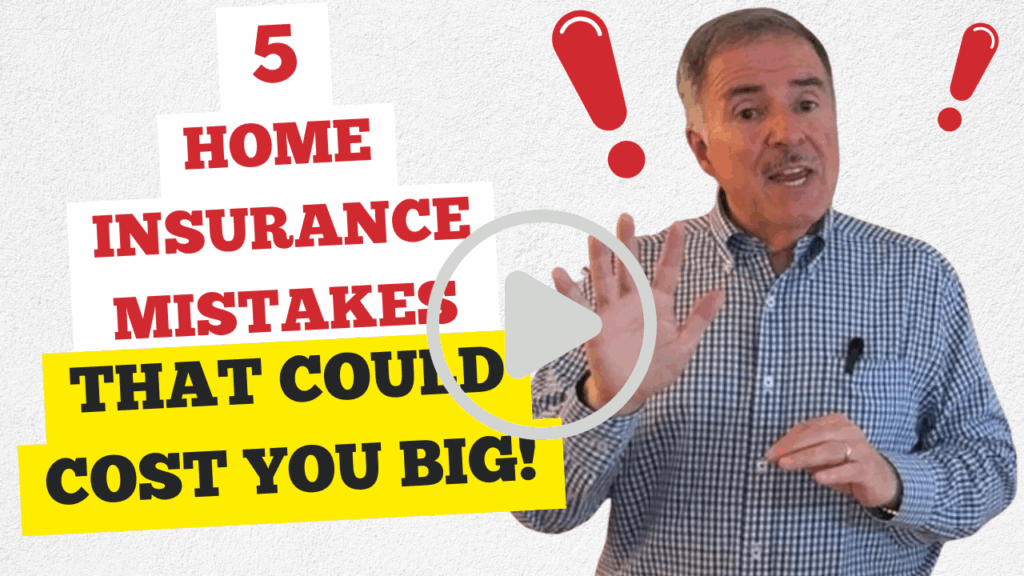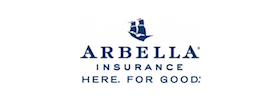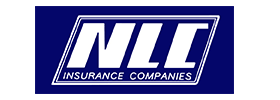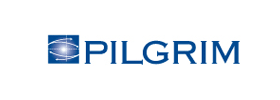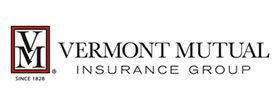Understanding Non-Renewal of Home Insurance: What You Need to Know
At Vargas & Vargas Insurance, we help Massachusetts homeowners navigate the complexities of cancellation or non-renewal with confidence—offering solutions, options, and support when it’s needed most.
What Is a Cancellation or Non-Renewal?
A cancellation or non-renewal happens when your insurance company decides not to continue coverage once your current policy expires. Unlike a cancellation (which occurs mid-term), non-renewal happens at the end of the policy term and gives you time to find new coverage.
How Non-Renewal Differs from Cancellation
- Cancellation: Happens before the policy ends. Common reasons include missed payments or misrepresentation.
- Non-Renewal: Occurs at the policy’s expiration. This may be due to increased risk, underwriting changes, or business strategy shifts.
Common Reasons for Non-Renewal
- Vacant home for extended periods
- Multiple claims history
- Poor credit or late premium payments
- Unresolved underwriting issues (e.g., repairs)
- Property in disrepair
- High-risk location (e.g., coastal or wildfire zones)
- Carrier capacity changes
- Loss of agency’s contract with the insurer
- Liability hazards (e.g., trampolines, certain dog breeds)
What Should You Do After a Non-Renewal?
Here are key steps you can take to protect your home and secure new insurance:
✅ Shop Around
Get quotes from multiple carriers to compare your options.
✅ Be Transparent
Make sure your application information is complete and accurate to avoid delays or denials.
✅ Bundle Policies
Combining your home and auto insurance can lead to significant discounts.
✅ Work with an Independent Broker
At Vargas & Vargas Insurance, we represent multiple carriers and specialize in finding coverage—even for hard-to-place or high-risk properties.
📞 Need help right away? Call us at (617) 298-0655
📄 Or request your quote here »
Insurance Options for Hard-to-Place Properties
Massachusetts FAIR Plan
The Fair Access to Insurance Requirements (FAIR) Plan offers basic property insurance for homes that can’t get standard coverage. FAIR Plans are helpful for:
- Coastal or storm-prone properties
- Homes in disrepair
- Those with multiple claims
⚠️ Note: FAIR Plan coverage is limited and may carry higher premiums.
Surplus Lines Insurance
This option is for properties with unique risks like:
- High-value or custom-built homes
- Homes with unusual materials
- Remote or high-risk locations
Surplus lines carriers are non-admitted, meaning they’re not licensed in the state and don’t offer the same consumer protections—but they can often provide flexible coverage when no one else will.
Top 5 FAQs About Insurance Non-Renewals
1. Can I Appeal a Non-Renewal?
Sometimes. Review your policy and ask your broker if an appeal is possible.
2. Will It Affect My Ability to Get Insurance?
It could. Non-renewal may raise red flags for other carriers, but working with an independent broker helps you find new options.
3. What If I Can’t Find New Insurance?
Explore all options, including FAIR Plans or surplus lines. A specialist broker can guide you to the right fit.
4. Will It Impact My Mortgage or Escrow?
It shouldn’t, as long as you maintain continuous coverage. If you let your coverage lapse, your lender could step in with a costly force-placed policy.
5. Are There Alternatives to Standard Homeowners Insurance?
Yes. Surplus lines and FAIR Plans offer alternatives, and some carriers specialize in covering specific risks, like coastal exposure or certain pet breeds.
Final Thoughts
A home insurance non-renewal can feel overwhelming, but it doesn’t mean you’re out of options. By understanding the process and working with a knowledgeable agency like Vargas & Vargas Insurance, you can find coverage that protects your home—and your peace of mind.
👉 Request a free quote now
📞 Or call us at (617) 298-0655 for personalized support.



